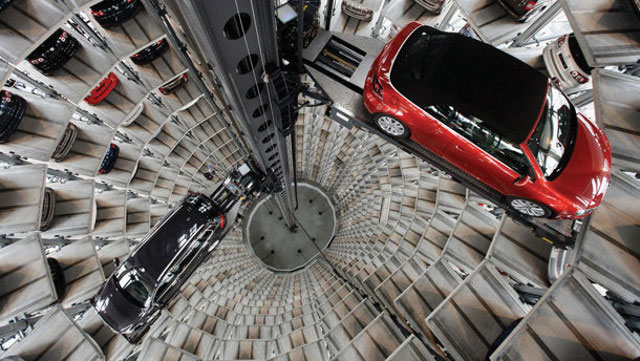Don’t miss out on the last opportunity to benefit from the Sangkran New Year promotion by Borey Peng Huoth
Don’t miss out on the last opportunity to benefit from the Sangkran New Year promotion by Borey Peng Huoth, with the project “Angkor Nam Samnang” almost finished! In early April, Borey Peng Huoth announced a great Khmer New Year celebration promotion for all home purchase projects, but only a few days are left until the […]
Sihanoukville Authority urges water supply to the SEZ as soon as possible, while currently facing a shortage …
Sihanoukville Governor Urges ANCO to Accelerate Clean Water Connection to SEZs as Soon as SEZs in the Province And the dry season lasted too long. This was stated by HE Kouch Chamroeun, Governor of Preah Sihanouk Province when inspecting the location of the water supply network connected to the Sihanoukville Special Economic Zone on April […]
Extended Savings: Expressway Company Announces 20% Discount Continuation for ETC and ANPR Users
In a generous move to support its users, the expressway company has declared an extension of the 20% discount for a further six months exclusively for ETC and ANPR users, a decision that underscores the company’s commitment to fostering economic growth and promoting the transport sector in Cambodia. This announcement, made on 24 April 2024, […]
K Mall Prek Thnoat: Pioneering a New Retail Experience Near Techo International Airport
Urbanland, a leading Cambodian real estate developer, officially commenced construction of the eagerly anticipated K Mall Prek Thnoat on Thursday, 25 April 2024. This groundbreaking event heralds the start of a visionary project set to redefine community shopping near the burgeoning Borey Chankiri on NR 2, promising a blend of convenience and lifestyle retail experiences. […]
Penalty-Free Property Registration Deadline Announced
The General Department of Taxation has declared a grace period for owners of unregistered or outdated immovable properties, offering an exemption from administrative penalties, including surcharges and interest, provided they complete their registration or update their property information by the end of June 2024. This directive, issued in a press release on 25 April 2024, […]
Land of Opportunity: Cambodia’s Strategic Initiative to Distribute 1,507 Hectares to Veterans and the Needy
In a landmark move, the Cambodian has earmarked two expansive land concessions totaling 1,507 hectares in Kampot province for distribution among former armed forces personnel and impoverished families, as part of a concerted effort to address social inequality. This initiative was unveiled during a pivotal meeting on the “Campaign to update the work and check […]



 ខ្មែរ
ខ្មែរ







